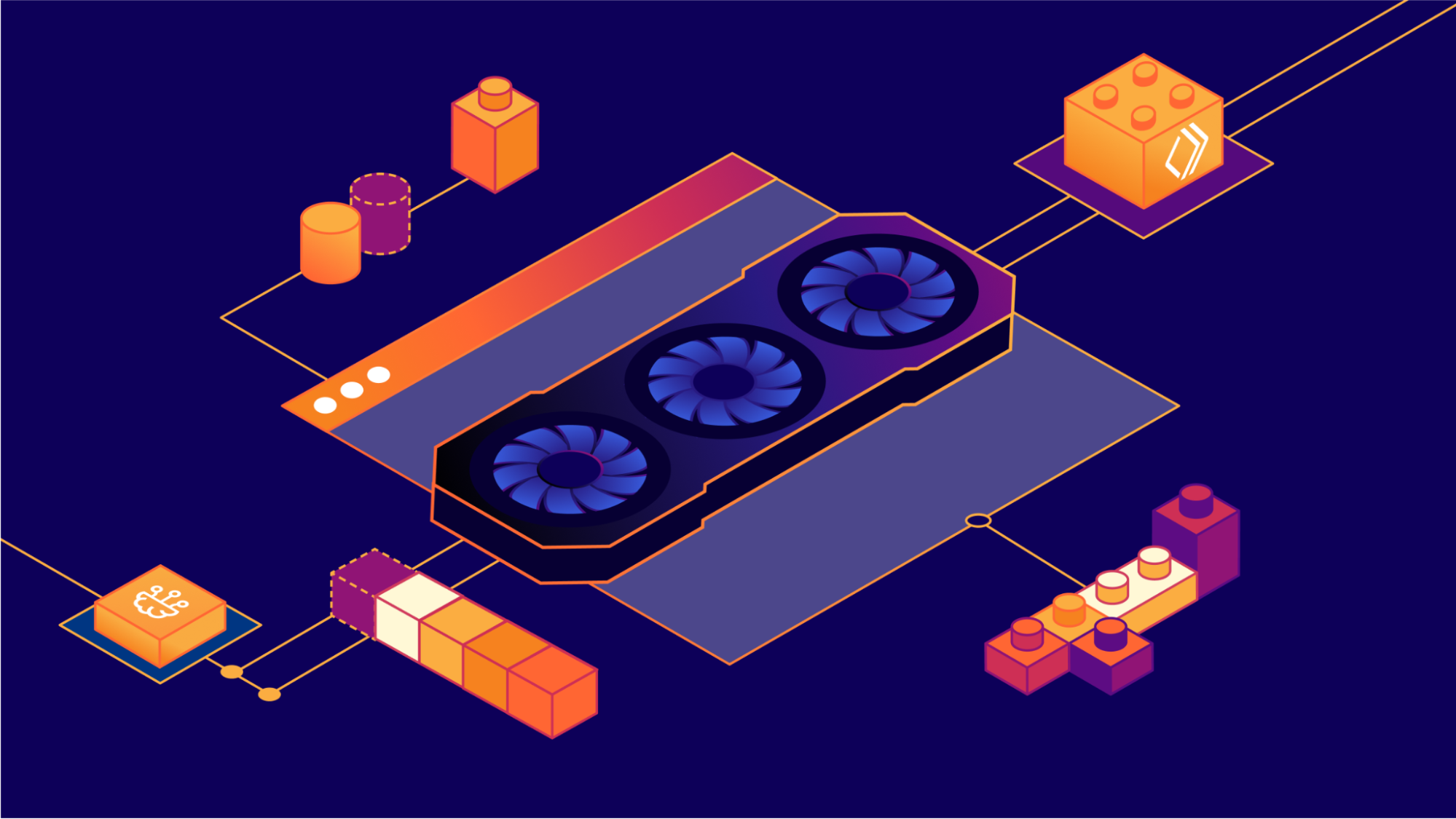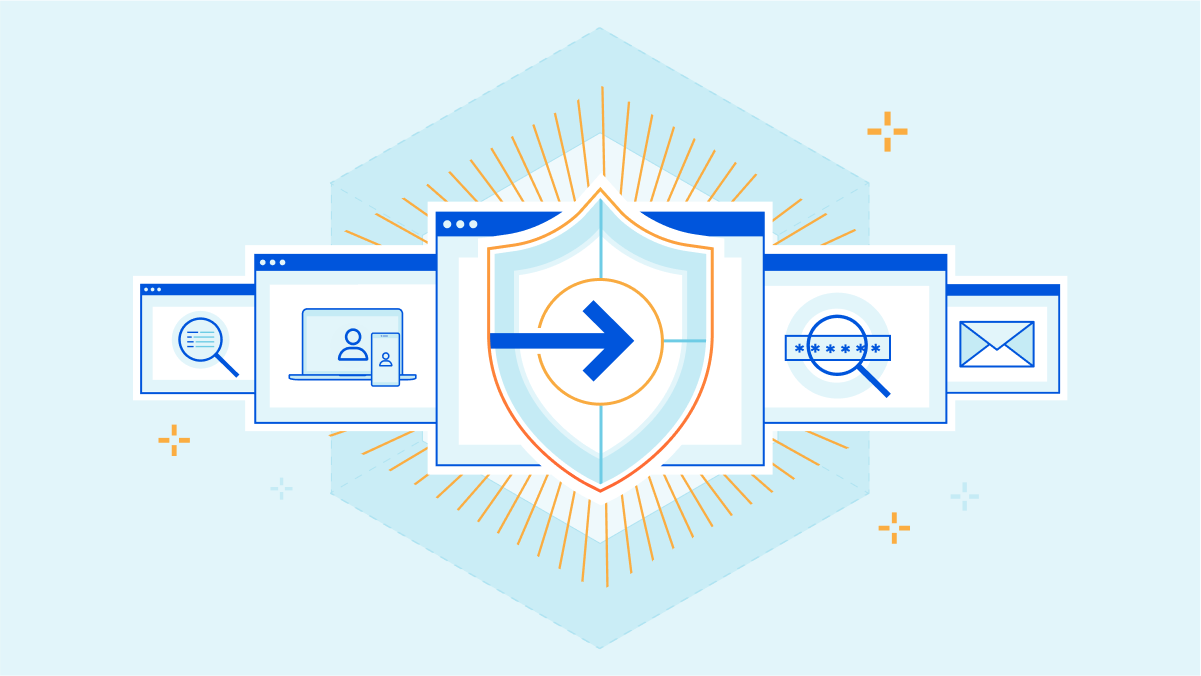Author Archives: André Cruz
Author Archives: André Cruz


The browser as an app platform is real and stronger every day; long gone are the Browser Wars. Vendors and standard bodies have done amazingly well over the last years, working together and advancing web standards with new APIs that allow developers to build fast and powerful applications, finally comparable to those we got used to seeing in the native OS' environment.
Today, browsers can render web pages and run code that interfaces with an extensive catalog of modern Web APIs. Things like networking, rendering accelerated graphics, or even accessing low-level hardware features like USB devices are all now possible within the browser sandbox.
One of the most exciting new browser APIs that browser vendors have been rolling out over the last months is WebGPU, a modern, low-level GPU programming interface designed for high-performance 2D and 3D graphics and general purpose GPU compute.
Today, we are introducing WebGPU support to Cloudflare Workers. This blog will explain why it's important, why we did it, how you can use it, and what comes next.
To understand why WebGPU is a big deal, we must revisit history and see how browsers went from relying only Continue reading


DMARC stands for Domain-based Message Authentication, Reporting, and Conformance. It's an email authentication protocol that helps protect against email phishing and spoofing.
When an email is sent, DMARC allows the domain owner to set up a DNS record that specifies which authentication methods, such as SPF (Sender Policy Framework) and DKIM (DomainKeys Identified Mail), are used to verify the email's authenticity. When the email fails these authentication checks DMARC instructs the recipient's email provider on how to handle the message, either by quarantining it or rejecting it outright.
DMARC has become increasingly important in today's Internet, where email phishing and spoofing attacks are becoming more sophisticated and prevalent. By implementing DMARC, domain owners can protect their brand and their customers from the negative impacts of these attacks, including loss of trust, reputation damage, and financial loss.
In addition to protecting against phishing and spoofing attacks, DMARC also provides reporting capabilities. Domain owners can receive reports on email authentication activity, including which messages passed and failed DMARC checks, as well as where these messages originated from.
DMARC management involves the configuration and maintenance of DMARC policies for a domain. Effective DMARC management requires ongoing monitoring and analysis Continue reading

We use Consul for service discovery, and we’ve deployed a cluster that spans several of our data centers. This cluster exposes HTTP and DNS interfaces so that clients can query the Consul catalog and search for a particular service and the majority of the clients use DNS. We were aware from the start that the DNS query latencies were not great from certain parts of the world that were furthest away from these data centers. This, together with the fact that we use DNS over TLS, results in some long latencies. The TTL of these names being low makes it even more impractical when resolving these names in the hot path.
The usual way to solve these issues is by caching values so that at least subsequent requests are resolved quickly, and this is exactly what our resolver of choice, Unbound, is configured to do. The problem remains when the cache expires. When it expires, the next client will have to wait while Unbound resolves the name using the network. To have a low recovery time in case some service needs to failover and clients need to use another address we use a small TTL (30 seconds) Continue reading